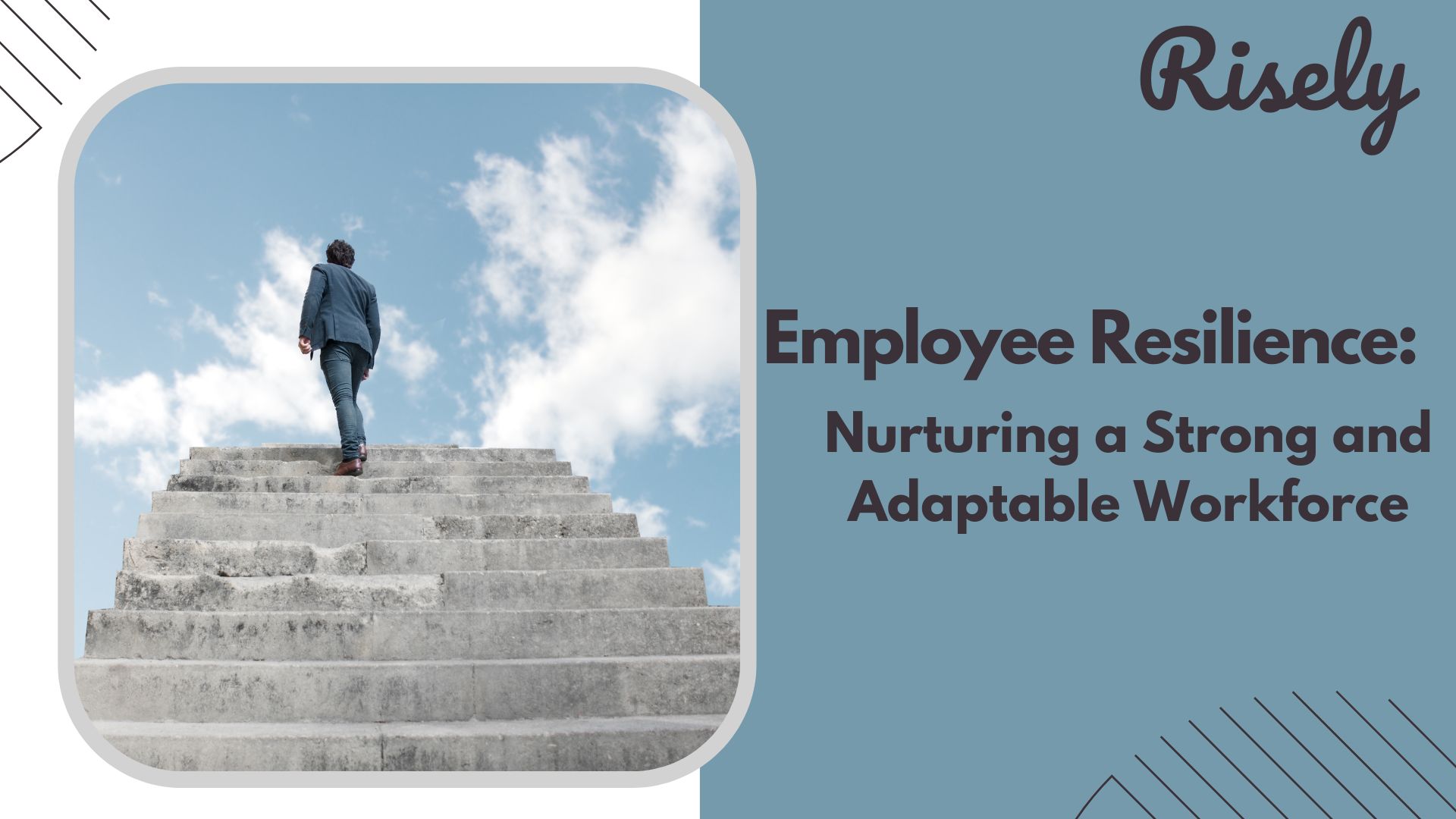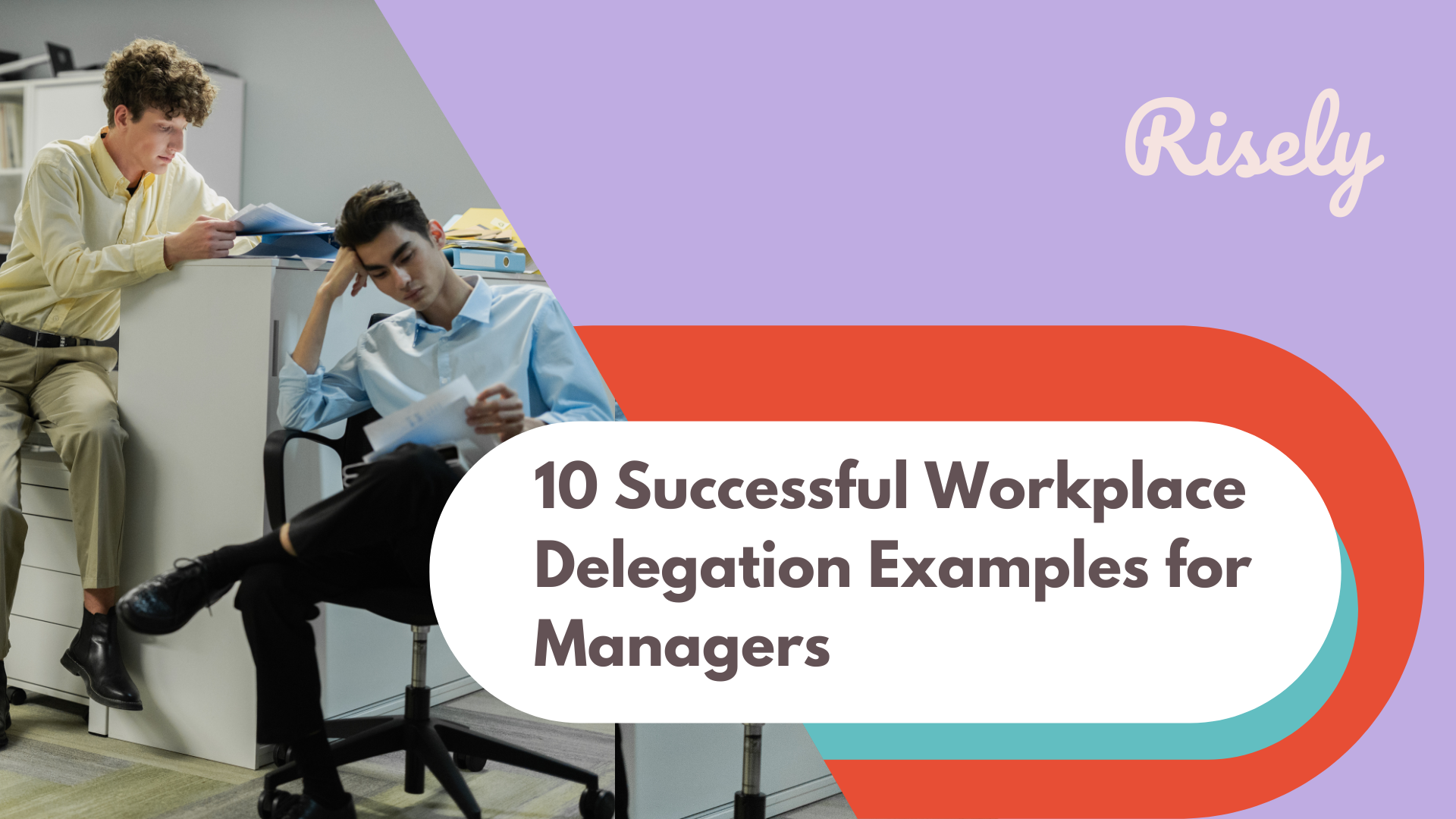Managers

Building the Ideal Span of Control as a Manager: 6 Key Factors
Building the Ideal Span of Control as a Manager: 6 Key Factors As business managers, it’s our responsibility to make sound decisions to help our organizations grow and thrive. But as managers, there is a finite number of people that … Read More

Decoding Problem Statements for Managers: Examples and Free Template
Decoding Problem Statements for Managers: Examples and Free Template As a manager, identifying and solving business problems is essential to your role. But where do you start? This is where problem statements come in – they allow you to clearly … Read More

Bullying managers and How to identify one? 10 signs
Bullying managers and How to identify one? 10 signs Does someone in your workplace bully others? If so, it’s vital to take action and stop the bullying before it gets worse. However, as a manager or a leader, it becomes … Read More

What are the best employee motivation techniques for managers?
What are the best employee motivation techniques for managers? Motivation is an essential part of any working environment, yet it’s not always easy to get your team going. As a manager, it’s important to be able to motivate your team … Read More

7 Ways to Handle an Employee Playing the Victim Card
7 Ways to Handle an Employee Playing the Victim Card Conflicts are part and parcel of working with teams. A slight amount of healthy competition even adds to the spirits. However, conflict management can quickly become tedious for managers, especially … Read More

All about Employee Motivation in the Workplace: Tips & Tricks for Managers 2023
All about Employee Motivation in the Workplace: Tips & Tricks for Managers 2023 It’s Monday morning, and you dread going to work. The thought of another long day at the office fills you with lethargy and disinterest. But then, you … Read More

Empowering Teams to Embrace the Vision: Shweta Gandhi’s Story of Leadership
Empowering Teams to Embrace the Vision: Shweta Gandhi’s Story of Leadership Meet Shweta Gandhi, a visionary Co-founder and business strategist taking care of business development, operations, and medical content of NirogGyan, a pioneering B2B healthcare SaaS startup revolutionizing the diagnostics … Read More

4 Effective Techniques For Taking Multiple Perspectives As A Manager
4 Effective Techniques For Taking Multiple Perspectives As A Manager A manager’s job is not an easy one. It entails balancing different demands, managing people, and ensuring the organization meets its goals. Given that managers deal with multiple stakeholders, both … Read More

Autonomy In The Workplace: 5 Tips to Strike the Balance as a Manager
Autonomy In The Workplace: 5 Tips to Strike the Balance as a Manager Giving autonomy in the workplace can be either a pro or a con and often depends on the individual. As managers, it’s our responsibility to provide our … Read More

Employee Resilience: Nurturing a Strong and Adaptable Workforce
Employee Resilience: Nurturing a Strong and Adaptable Workforce Employees face challenges, uncertainties, and unexpected hurdles in a fast-paced and ever-changing work environment. The modern workplace can be a pressure cooker for even the most talented professionals, whether adapting to new … Read More

The Ultimate Guide to Managing Client Relationship for Business Success
The Ultimate Guide to Managing Client Relationship for Business Success In the dynamic business world, the key to sustained success lies in the products or services we offer and the strength of the relationships we build with our clients. As … Read More

Lifelong Learning for Professionals: Navigating Learning Opportunities at Work
Lifelong Learning for Professionals: Navigating Learning Opportunities at Work In today’s ever-evolving business, the adage “knowledge is power” has never held more truth. As organizations strive to remain competitive and agile, the key to success lies in unlocking the potential … Read More
Tags: Communication, Inspire, Managers

11 Lifelong Learning Benefits That Fuel Personal and Professional Growth
11 Lifelong Learning Benefits That Fuel Personal and Professional Growth One truth stands tall in pursuing personal growth and professional excellence – learning knows no boundaries, and its quest is ceaseless. Lifelong learning, an enduring voyage far beyond the classroom, … Read More

10 Successful Workplace Delegation Examples for Managers
10 Successful Workplace Delegation Examples for Managers Managers often find themselves stuck amidst huge workloads – delegation shows the way out! It can be effective when it involves a team member, and all are happy with the outcomes of their … Read More

7 Examples of Problem-Solving Scenarios in the Workplace (With Solutions)
7 Examples of Problem-Solving Scenarios in the Workplace (With Solutions) Have you ever encountered a problem at work? Obviously, yes. Problem-solving skills are among the essential tools for any management professional. From dealing with conflicts between team members to managing … Read More
